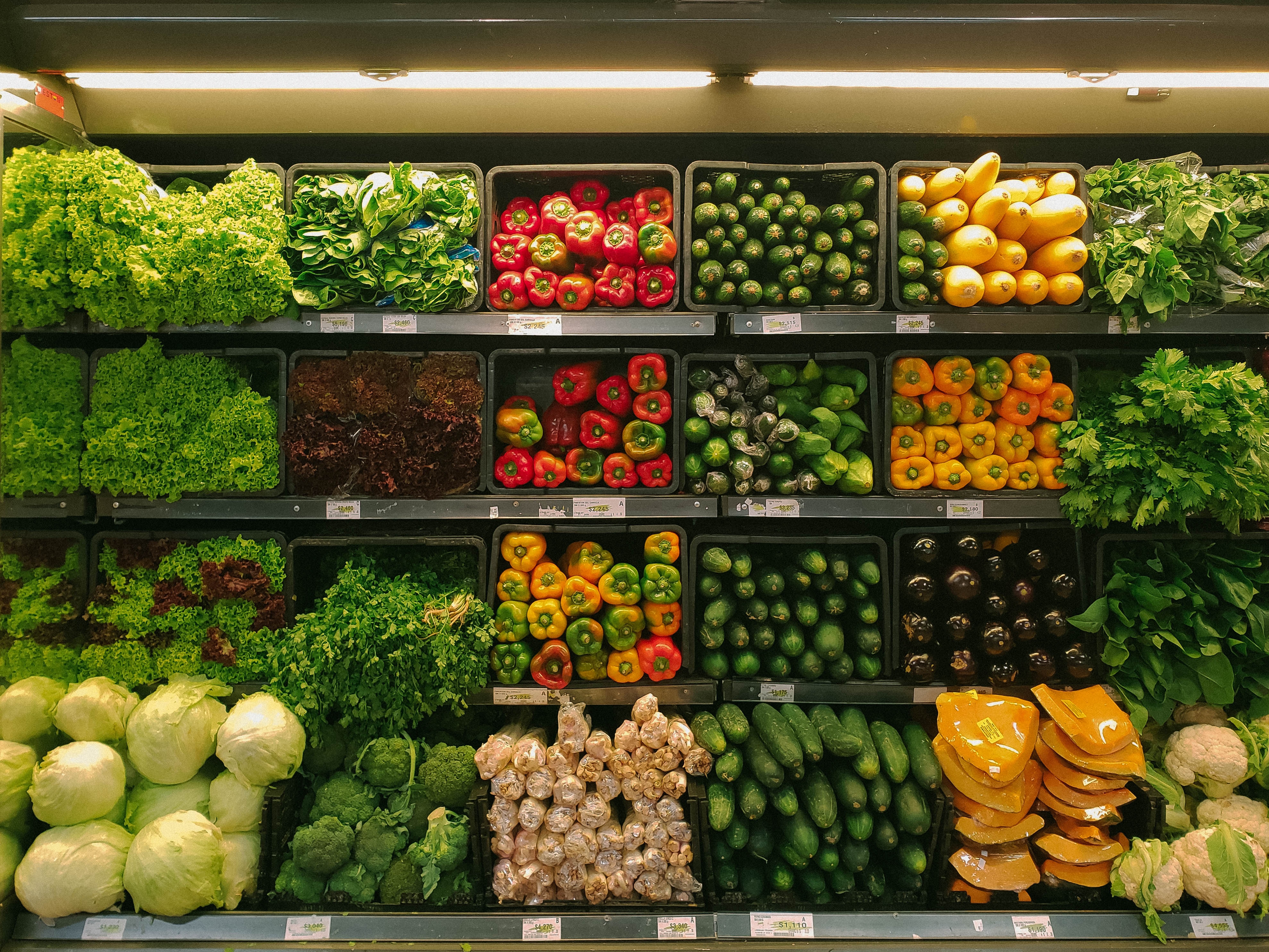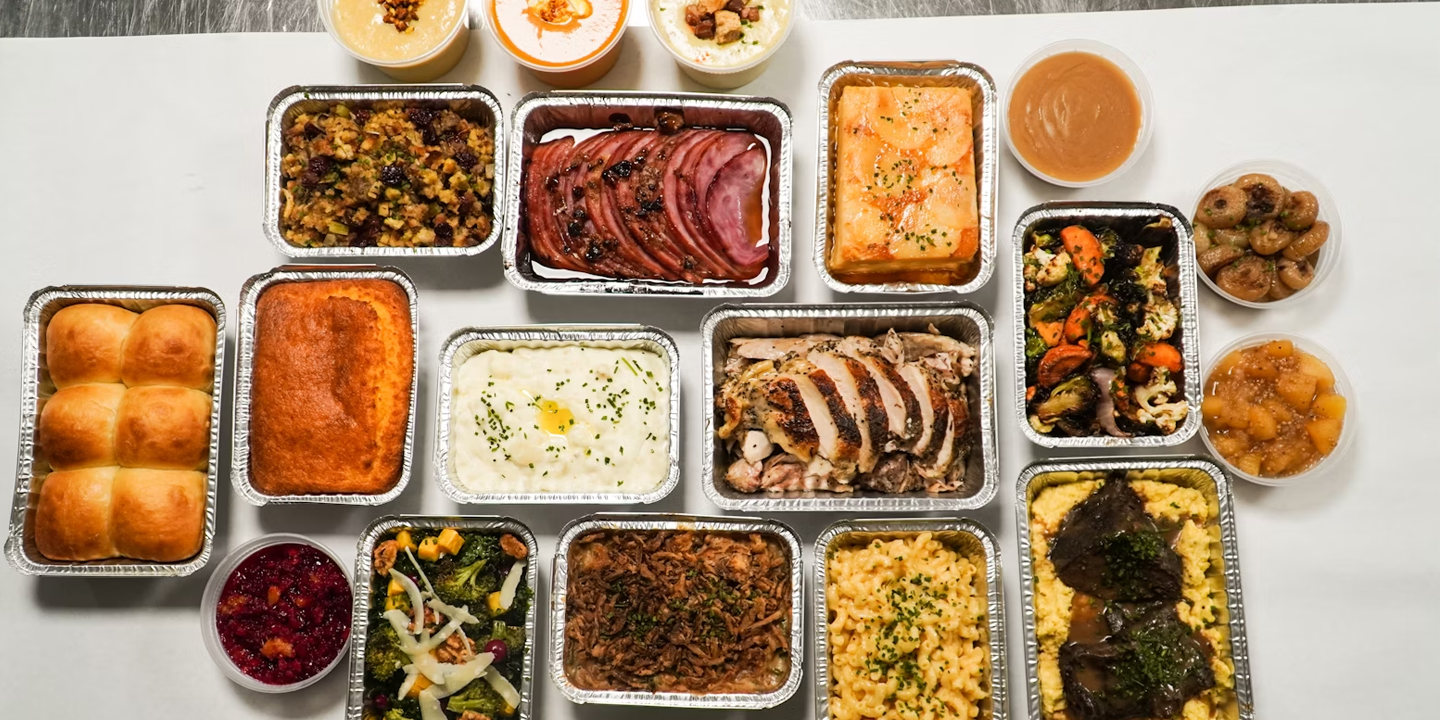Grocery shopping is an essential routine for every household, but it can also become an expensive trip if it’s not executed strategically. For many of us, despite usually having a budget in place, we tend to exceed our limits. But how? From impulse purchases to a lack of planning, let’s be real, grocery shopping is more of a skill if anything else. To help you improve your budgeting skills while grocery shopping, we’ve provided five practical tips that will help you learn to balance your shopping and bank account at the same time.
1. Plan Ahead
Your grocery shopping prep should begin before you even leave the house. Start with making a shopping list before you drive over to the store; just doing this one simple step can do wonders for your budget. It helps remind you to only buy what is necessary and attempts to eliminate impulsive and unnecessary purchases. To do this, give your pantry and refrigerator a look to see what you already have, then plan your meals for the upcoming week. Note down all the ingredients required for these meals and anything else you might need. Creating this list will not only help you avoid wasting money on unneeded items, but you will also notice an improvement in food waste at home.
 Photo by Glenn Carstens-Peters on Unsplash
Photo by Glenn Carstens-Peters on Unsplash
2. Shop Seasonally
Did you know purchasing fruits and vegetables that are in season can significantly reduce your grocery bill? Thanks to the concept of supply and demand, seasonal produce is typically more abundant, therefore making it much cheaper than off-season produce. Besides being cost-effective, these items are at their nutritional peak, meaning you’re truly getting the best value for your money. If you’re unsure of what’s currently in season, there are numerous websites and apps that can help provide you with this information. You’re just one Google Search away from saving money!
3. Buy in Bulk
Costco is truly your friend when it comes to bulk purchases. This strategy is perfect when it comes to buying non-perishable items like rice, pasta, canned goods, and toiletries. Buying in bulk can provide substantial savings compared to buying individual products; still, it’s important to be cautious that you’re bulk buying items you use regularly and have enough storage space for. The idea here is to save money over time by purchasing larger quantities at a lower price, not clutter your home with items that will expire before you get a chance to use them.
 Photo by Markus Spiske on Unsplash
Photo by Markus Spiske on Unsplash
4. Utilize Coupons and Loyalty Programs
Most grocery stores offer coupons, discounts, and loyalty programs to their customers, and you definitely should be using them. It’s time to become the ultimate discount warrior! These can come in the form of paper coupons, convenient digital codes, or racked-up points collected on a loyalty card. While it might seem trivial, the savings from these programs can really add up quickly. Always check for available discounts before you shop and try to plan your purchases around these deals if possible. And don’t forget, make sure to use your loyalty card each time you shop so you can use your points for future purchases.
 Photo by Tamanna Rumee on Unsplash
Photo by Tamanna Rumee on Unsplash
5. Embrace Generic Brands
If you’re used to walking past the no-name brands down every aisle, we suggest you consider looking again. Because another effective strategy for saving your grocery budget is embracing generic or store brands. Though many shoppers tend to be wary of these products and associate them with lower quality, this is a common misconception. The truth is, generic brands often match or sometimes even surpass their name-brand counterparts. They might even be produced in the same factories and use similar ingredients, but the best part is, no-name brands come with savings thanks to their lower price points.
 Photo by Boxed Water Is Better on Unsplash
Photo by Boxed Water Is Better on Unsplash
Who said grocery shopping needs to be stressful and tiring? With these five helpful tips, you’ll be on your way to making every trip to the store exciting and fun. Compared to before, you’ll be able to stretch your grocery budget way further than you ever thought was possible.








